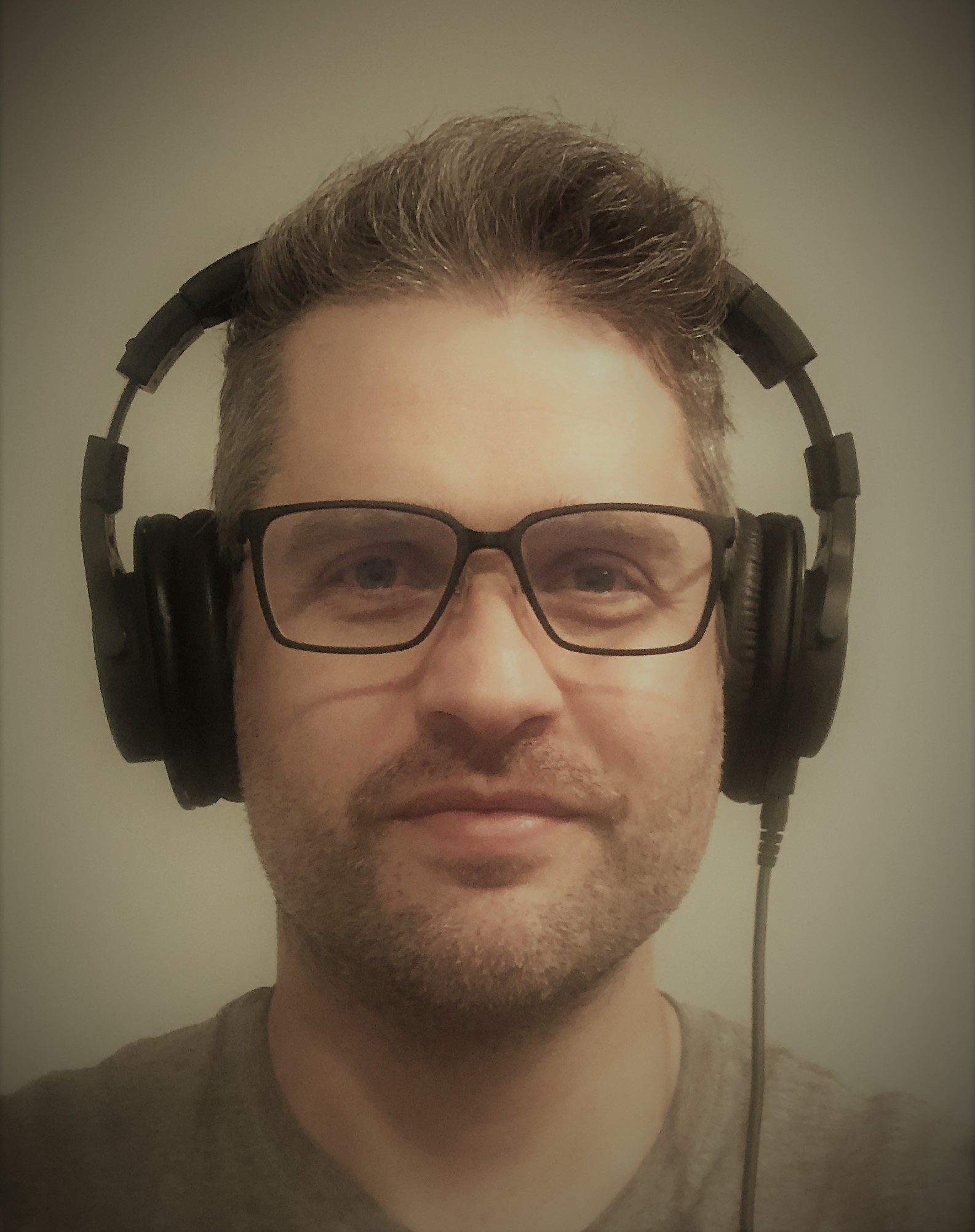Last updated on:

Sufficient noise attenuation is a highly important if not essential aspect of a good pair of headphones or earbuds. Noise attenuation simply means the blocking out of external noise, which can significantly interfere with sound quality, and there are two main ways to accomplish this: isolation and active noise cancellation. So what does each of those mean exactly, and how are they different from each other? Is one method better than the other?
Article Sections Navigation
What Is Passive Noise Isolation?
It simply means the degree to which the headphones block out external noise as well as keeping the “internal” noise that they’re playing – which you want to hear obviously – doesn’t leak out into the environment. Isolation is primarily achieved through purely physical barriers – with a pair of over ear headphones, you’ll have pads that sit firmly and flush against the side of your head; and with a pair of earbuds, you’ll have tips that sit firmly against the outer ear canal and create a seal. Solid isolation is particularly effective at reducing higher frequency noises.
What Is Active Noise Cancellation?
While isolation simply reduces the force, or volume effectively, of existing incoming soundwaves, active noise cancellation (ANC) actually electronically creates what are called antiphase sound waves. Antiphase sound is the inverse of any given sound and effectively cancels it out. This newer technology uses built-in microphones within the headphones. ANC is particularly effective at reducing low-frequency noise, such as the hum of an airplane engine or the rumble of a train.

Advantages of ANC Over Isolation
Because isolation is a purely physical barrier, better isolation usually requires bigger and tighter fitting headphones, and this can start to become uncomfortable and intrusive. Etymotic earphones, for example, have some of the best isolation available, but their tips feel like vice grips inside your ears. ANC, on the other hand, does not necessarily require physically bulky and tight fitting components to work.
Advantages of Isolation Over ANC
Because ANC is actively electronic in nature, one of its big disadvantages is that it requires power, and if you’re using the technology with wireless headphones or earbuds, which have become increasingly popular, it will significantly shorten their battery life. Even premium tier ANC wireless earbuds in 2023 still only last 4-6 hours on a single charge. Additionally, good ANC requires electronic components that will make a pair of headphones or earbuds significantly more expensive. Some ANC headphones also create an uncomfortable feeling sensation for some people, but this has improved considerably in my opinion.
Conclusion: A Good Combination of Both Is Ideal
The good thing about Isolation and ANC is that you don’t have to choose one over the other – they actually complement each other, and a good synergy of both is definitely best way to optimize noise attenuation.
A really good pair of commuter headphones or earbuds will have good isolation and good ANC. Additionally, if they’re wireless, they will also have the option to turn ANC off if you don’t actually need it at a given moment, which helps you maximize battery life.

